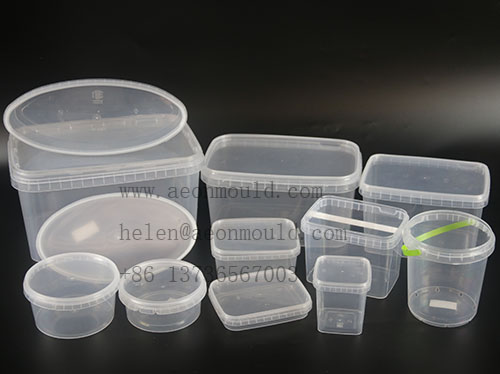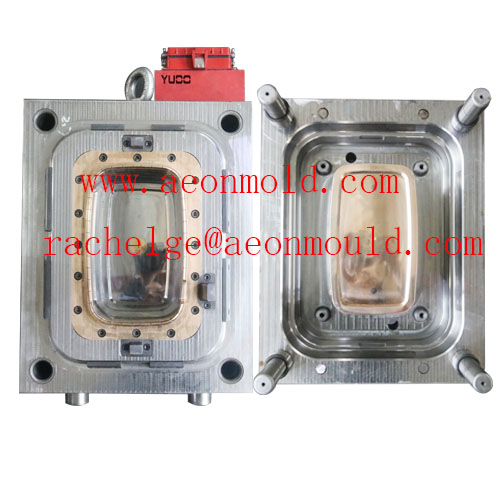The demand for small and light parts has made thin-walled injection become the most desirable performance of injection molding machine. Thin wall is usually defined by portable electronic parts whose thickness is less than 1mm.

For large automotive parts, the "thin wall" can be 2mm. In short, thin-walled products require changing the processing technology: higher pressure and speed, shorter cooling time, changing the ejection and gate arrangement. The following are the requirements of thin wall injection for injection molding machines and moulds.
Injection machine
The standard injection machine can be used to produce various thin walled products. At present, the performance of the new injection machine is much better than that of 10 years ago. Material, gate technology and design progress further widen the filling performance of standard injection machine for thin-walled parts. However, due to the continuous reduction of wall thickness, a more special injection machine with high speed and high pressure performance is needed.
For example, an electronic part whose thickness is less than 1mm is normal when the filling time is less than 0.5 seconds and the injection pressure is over 210MPa. The hydraulic injection machine for thin-walled injection molding is designed with pressure accumulating device, which can drive injection molding and clamping frequently.
All electric injector and electric / hydraulic injector with high speed and high pressure are also available. In order to withstand the high pressure of the new injection machine, the minimum clamping force must be 5~7 tons / inch (projection area).
In addition, when the wall thickness decreases, the injection pressure increases, large templates help reduce bending. The ratio of the pull rod of the injection machine for the thin wall products to the template thickness is 2:1 or lower. When producing thin-walled products, the dead cycle control of injection speed and pressure and other processing parameters can help to control mold filling and holding under high pressure and high speed.
As for the injection amount, the large diameter cylinder is often too large. The recommended injection amount is 40% ~ 70% of the capacity of the cylinder, and the total molding cycle of the thin-walled products is greatly shortened. It is possible to reduce the minimum injection amount to 20% ~ 30% of the capacity of the machine barrel. The user must be very careful in injection, because the small amount of injection means that the retention time of the material in the barrel is longer, which will lead to a decline in the performance of the product.

Speed is one of the key factors in the success of thin-wall injection. Fast mold filling and high pressure can injecting molten thermoplastic material into the mold cavity at high speed, so as to prevent the gate from being cold and solid. If a standard part is completed in two seconds, the mold thickness will be reduced by 25%, and the filling time can be reduced by 50%.
One of the advantages of thin-walled injection is that when the thickness is reduced, there is less material to be cooled. With the decrease of thickness, the forming cycle can be reduced by half. The reasonable setting of the melt conveying device makes the hot runner and runner do not impede the shortening of the molding cycle. The use of hot runner and runner bushing can help to shorten the molding cycle to a minimum. In addition, the mold material should also be taken into consideration.
P20 steel is widely used in molding traditional products, but because of the higher pressure of thin-walled injection, the mold must be made very strong. H-13 and other hard to increase the safety factor of extra thin mold. However, the cost of solid mold may be 30% to 40% higher than that of standard mold. But the increased cost is usually offset by increased production performance.